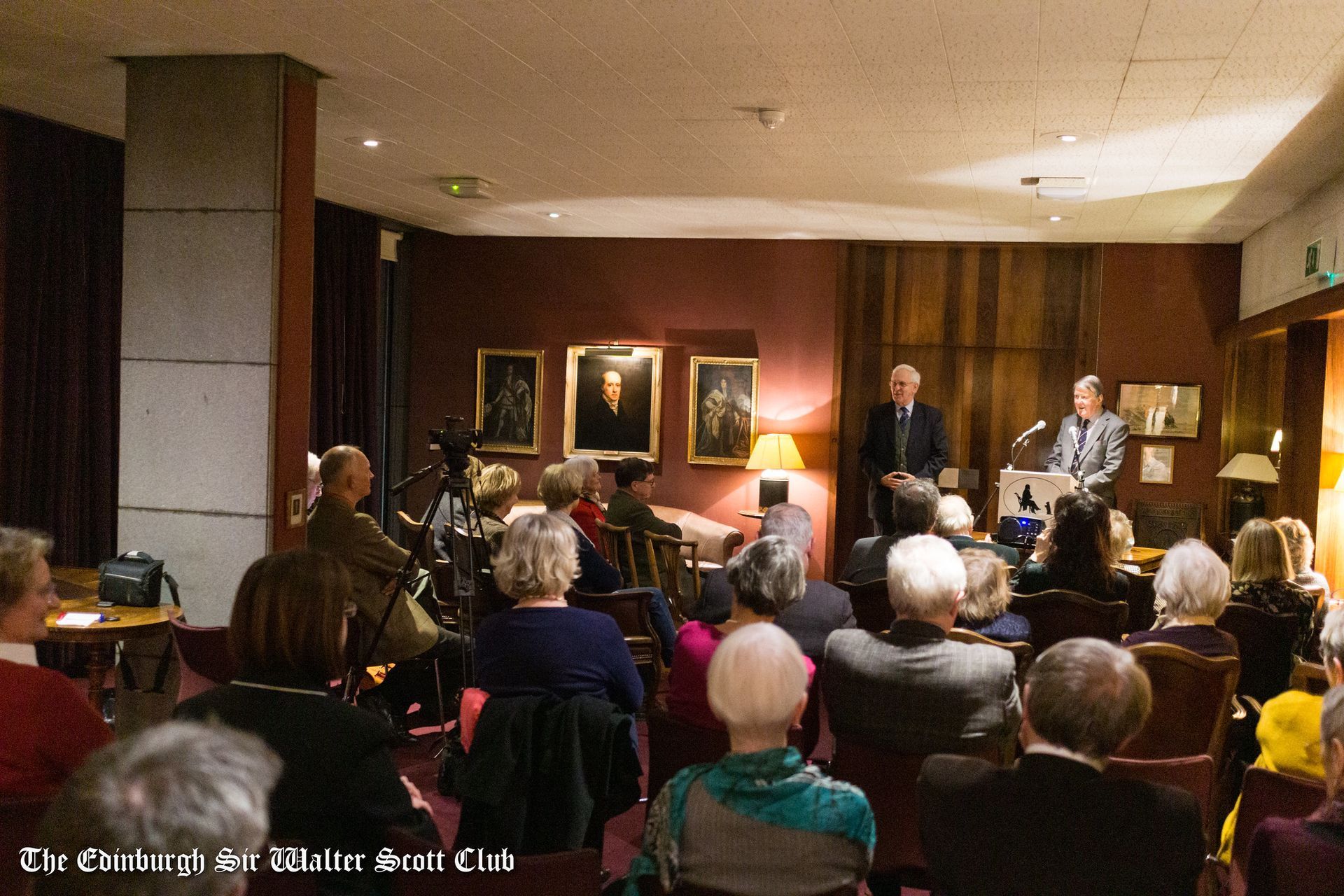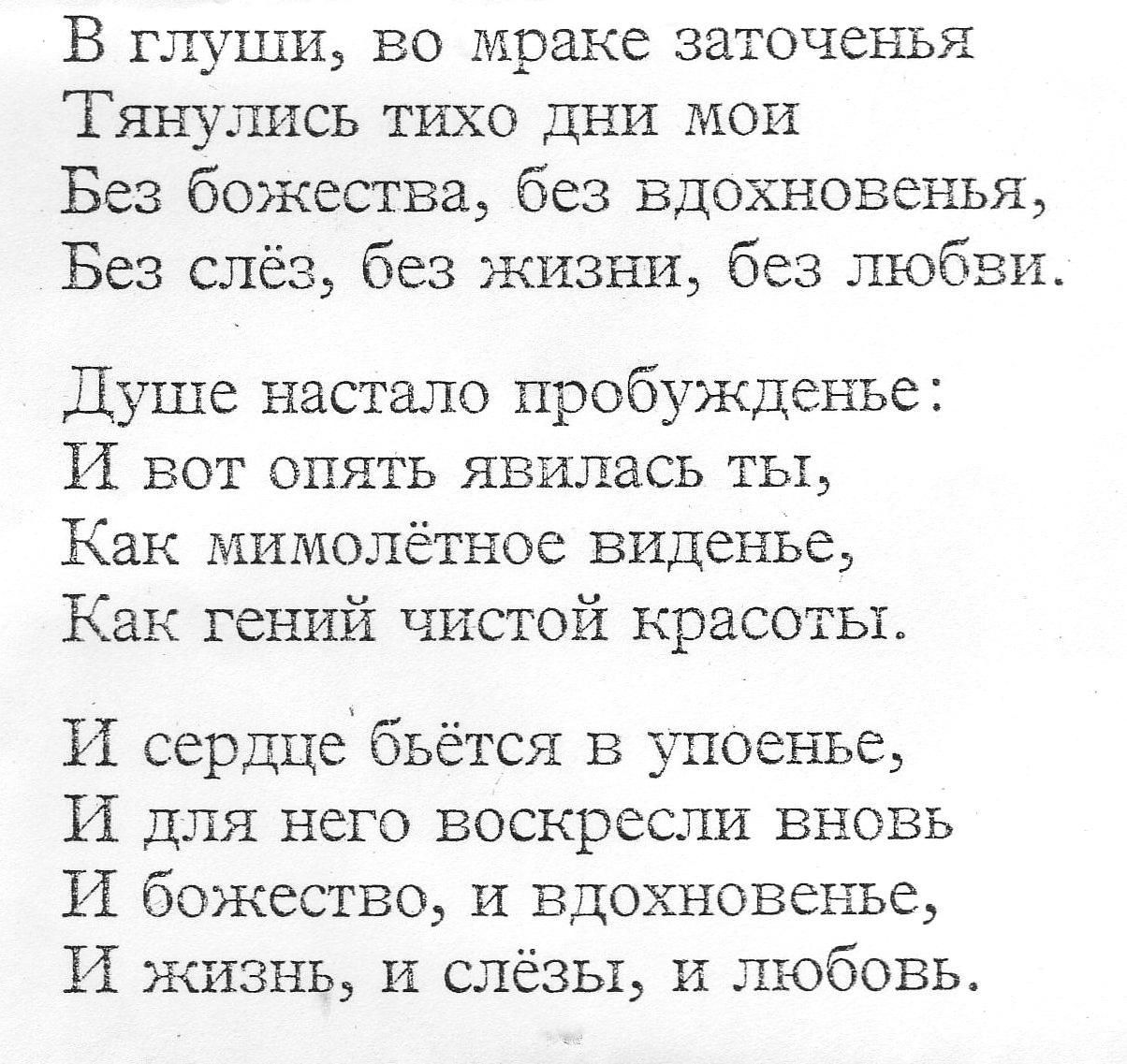Jeanie Deans and the Captain's Daughter
Wednesday 14th May 2008
Summary of the Talk:
Dairmid Gunn’s talk examines the influence of two novels by Sir Walter Scott, Rob Roy and The Heart of Midlothian, on Alexander Pushkin’s famous work The Captain's Daughter. Gunn explores how Scott’s writing, particularly his historical novels, shaped Pushkin’s approach to Russian literature.
Pushkin, known as a transformative figure in Russian literary history, was heavily influenced by Scott’s narratives, notably through the use of historical fiction and his portrayal of complex, morally grounded characters. Gunn discusses Pushkin’s admiration for Scott's method of integrating fictional characters into historical contexts, a technique Pushkin later adopted in The Captain's Daughter, which is set against the backdrop of the Pugachev Rebellion in 18th-century Russia. Pushkin's novel features historical figures, particularly the rebel leader Pugachev, but departs from Scott by making the historical character the dominant figure.
The talk highlights Pushkin’s early admiration for Scott and how Scott’s novels shaped Pushkin’s writing style, including his approach to language, character development, and historical storytelling. Gunn also draws comparisons between characters from Scott’s Rob Roy and The Captain’s Daughter, particularly the roles of the protagonists and their moral dilemmas.
Interesting Points:
- Cultural Cross-pollination: Gunn underscores the fascinating cultural exchange between Scottish and Russian literature, exemplified by Pushkin’s admiration for Scott. This highlights how literature transcends national boundaries, influencing writers across Europe.
- Pushkin's Literary Evolution: Pushkin’s transition from a Byron-inspired romantic poet to a more restrained, historical novelist can be seen as a reaction to both his personal circumstances and the influence of Scott. This shift is pivotal in understanding how Pushkin’s work influenced later Russian writers.
- Historical Accuracy vs. Fiction: The blending of historical events with fictional characters in Scott’s novels deeply influenced Pushkin, though he adapted this formula in The Captain’s Daughter by prioritizing historical figures, which contrasts with Scott’s technique of focusing on fictional characters within real events.
- Character Parallels: Gunn draws a direct comparison between the characters in Rob Roy and The Captain’s Daughter. For example, Pushkin’s Grinev and Scott’s Frank Osbaldistone share a similar arc of growing through personal adversity and loyalty, echoing the themes of honour and duty.
- Role of Women: Gunn also notes the significant roles that female characters play in both novels. Jeanie Deans, from The Heart of Midlothian, and Marya Mironova from The Captain’s Daughter, are portrayed as women of strength and moral conviction, illustrating a cross-cultural portrayal of virtue and redemption.
- Pushkin’s Constraints: Pushkin’s careful navigation of censorship in Imperial Russia led him to make the Pugachev Rebellion more of a symbolic event than a literal one. This freedom in creative adaptation shows the limitations writers faced during the era and how they used these constraints to fuel deeper narrative complexities.
Overall, the talk sheds light on the nuanced connections between Scott and Pushkin, demonstrating how these literary giants from different cultural backgrounds influenced each other.
Download the [Transcript]




